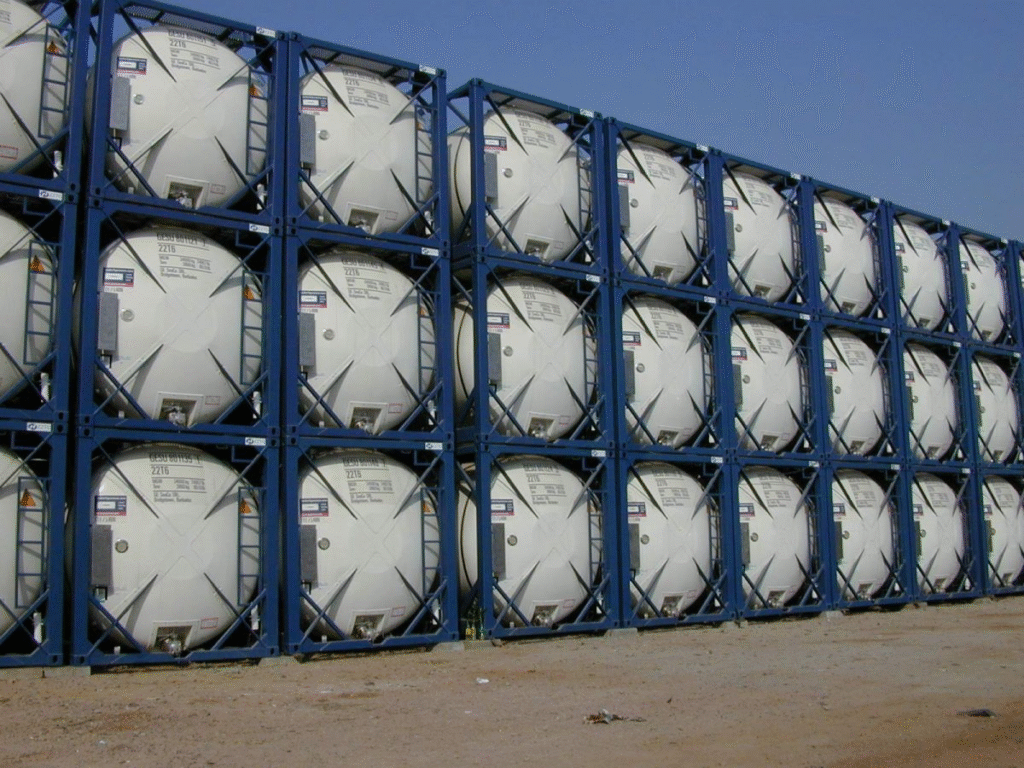Safety Protocols in Bulk Liquid Transport

Bulk liquid transport is a critical component of global trade and logistics. This industry involves the movement of large quantities of liquid goods, such as chemicals, oils, and food-grade liquids. The safe and efficient transport of these materials is paramount, not only to protect the environment but also to ensure the safety of those involved in the process. This article explores the essential safety protocols that bulk liquid transport companies must adhere to, highlighting the importance of these measures in ensuring smooth and secure operations.
Understanding Bulk Liquid Transport
Bulk liquid transport involves the transportation of liquids in large volumes using specialised containers such as tankers and drums.
These liquids can range from non-hazardous substances like water and milk to hazardous chemicals requiring stringent handling procedures. The primary goal of bulk liquid transport companies is to move these liquids safely from one location to another, minimising the risk of spills, leaks, and contamination.
Types of Bulk Liquid Transport
- Tank Lorries: These are the most common method for transporting liquid bulk overland. Tank lorries are used for both short and long-distance transport and are equipped to handle a variety of liquids.
- Rail Tank Wagons: Used for transporting large volumes over long distances. Rail transport is cost-effective for bulk movements across countries and continents.
- Marine Vessels: Ships and barges are employed for international transport of liquid bulk. They can carry vast quantities and are essential for global trade.
Intermodal Containers: These are used for multi-modal transport, allowing the liquid to be moved seamlessly between lorries, trains, and ships.
Importance of Safety Protocols
Safety protocols in liquid bulk transport are crucial for several reasons:
- Environmental Protection: Spills and leaks can lead to severe environmental damage. Protocols help in preventing such incidents, protecting water bodies and land from contamination.
- Human Safety: Handling hazardous liquids poses risks to workers. Safety measures ensure that employees are trained and equipped to handle these substances safely.
- Regulatory Compliance: Adhering to safety standards is often a legal requirement. Compliance avoids legal penalties and ensures the company operates within the law.
Key Safety Protocols in Bulk Liquid Transport
Proper Equipment Maintenance
Regular maintenance of transport equipment is vital. Tankers, valves, and hoses should be inspected and serviced to ensure they are in good condition. Faulty equipment can lead to leaks or spills, posing safety hazards.
Training and Certification
Personnel involved in the transport of bulk liquids must be adequately trained. This includes understanding the properties of the liquids they handle, proper loading and unloading procedures, and emergency response actions in the event of an accident. Certification programmes ensure that staff members are competent and knowledgeable about safety practices.
Use of Quality Containers
Using high-quality containers designed for specific types of liquids is essential. Containers should be robust, leak-proof, and resistant to the substances they carry.
For instance, corrosive liquids require containers made from materials that can withstand chemical reactions.
Loading and Unloading Procedures
Proper loading and unloading procedures are crucial in preventing spills. This includes ensuring that valves and seals are secure, not overfilling containers, and using appropriate equipment for transferring liquids.
Monitoring Systems
Advanced monitoring systems can detect leaks and pressure changes in real time. These systems alert operators to potential issues before they become significant problems, allowing for prompt corrective action.
Emergency Response Plans
Despite best efforts, accidents can still occur. Having a robust emergency response plan in place is essential. This plan should include procedures for containment, communication with authorities, and cleanup operations.
Challenges in Implementing Safety Protocols
Implementing safety protocols in bulk liquid transport can be challenging. Some common obstacles include:
- Cost: High-quality equipment and training programmes require significant investment. However, these costs are often offset by the reduced risk of accidents and fines.
- Complex Regulations: Navigating the various regulations across different regions can be complex. It requires staying updated on legal requirements and adapting protocols accordingly.
- Technological Integration: Implementing new technologies, such as monitoring systems, requires time and expertise.
Future Trends in Bulk Liquid Transport Safety
The future of bulk liquid transport safety looks promising, with several trends emerging:
- Automation: Automated systems are becoming more prevalent, reducing the risk of human error in loading, unloading, and monitoring processes.
- Sustainable Practices: There is a growing emphasis on reducing the environmental impact of bulk liquid transport. Companies are adopting greener technologies and practices.
- Enhanced Training Programmes: Virtual reality and simulation-based training programmes are being developed to provide more immersive and effective training for personnel.
Conclusion
Safety protocols in bulk liquid transport are essential for protecting the environment, ensuring the safety of personnel, and complying with regulations.
By investing in proper equipment, training, and monitoring systems, bulk liquid transport companies can significantly reduce the risks associated with transporting large volumes of liquids. As the industry evolves, embracing new technologies and practices will be key to maintaining high safety standards and achieving sustainable growth.
